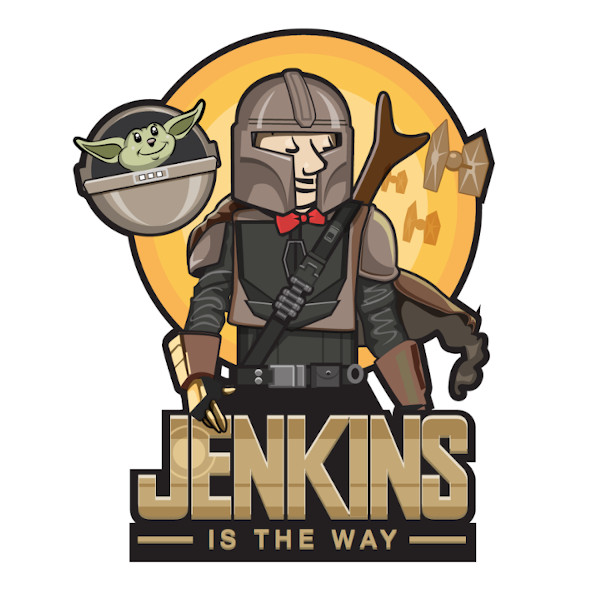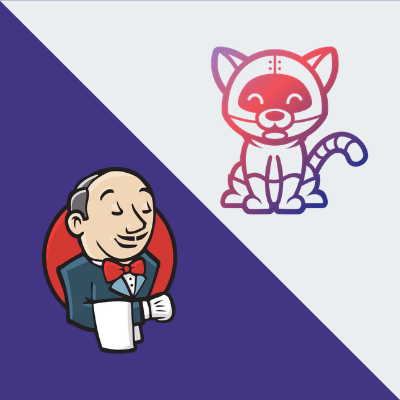
Three inspiring examples highlighting how various organizations implement Jenkins.
Read More


The Continuous Delivery Foundation (CDF) announced today that the open source Jenkins continuous integration/continuous delivery (CI/CD) has officially graduated.
The Continuous Delivery Foundation (CDF) announced that Jenkins is the first project to graduate by demonstrating growing adoption, an open governance process, feature maturity, and a strong commitment to community, sustainability, and inclusivity.